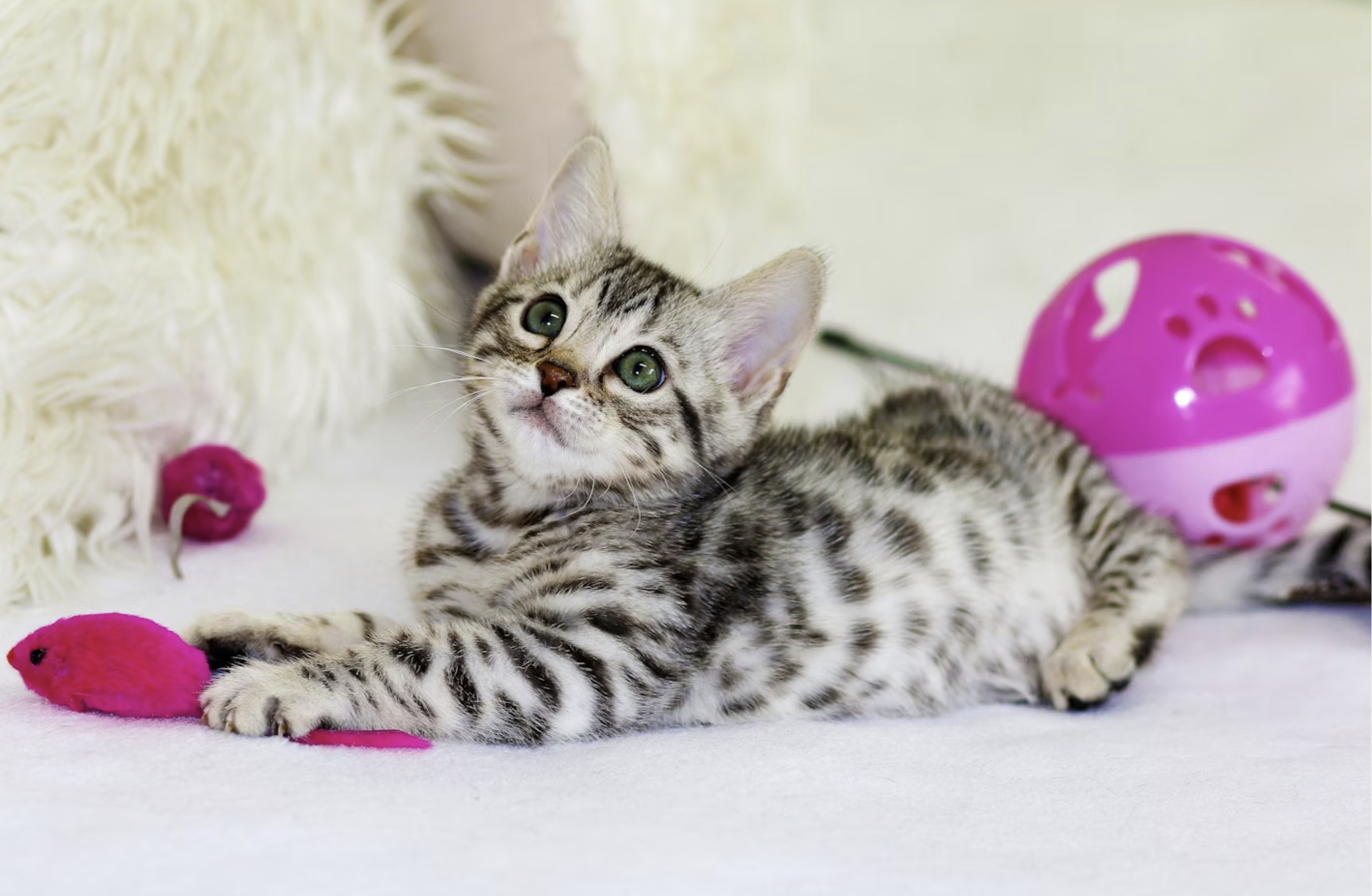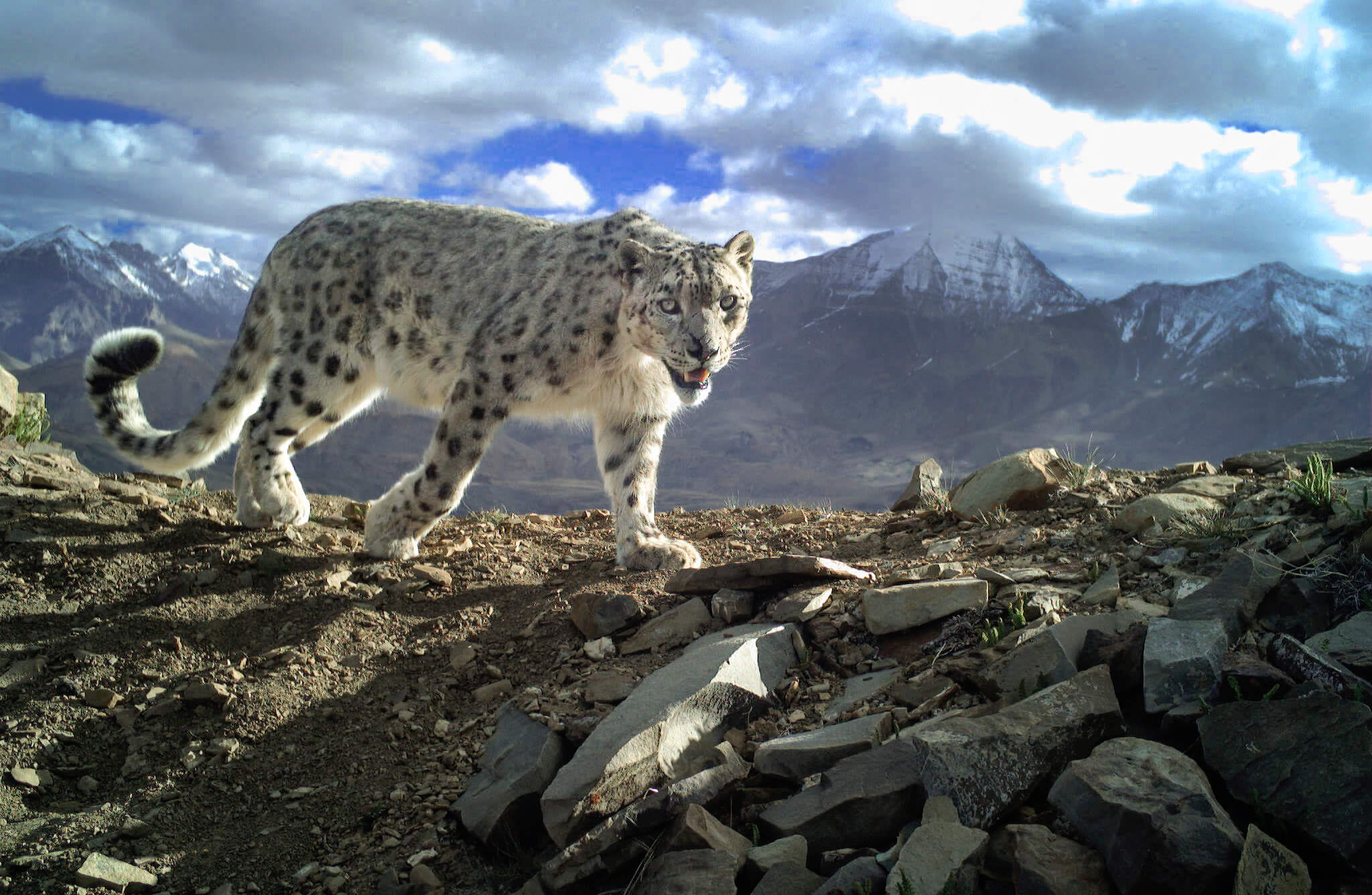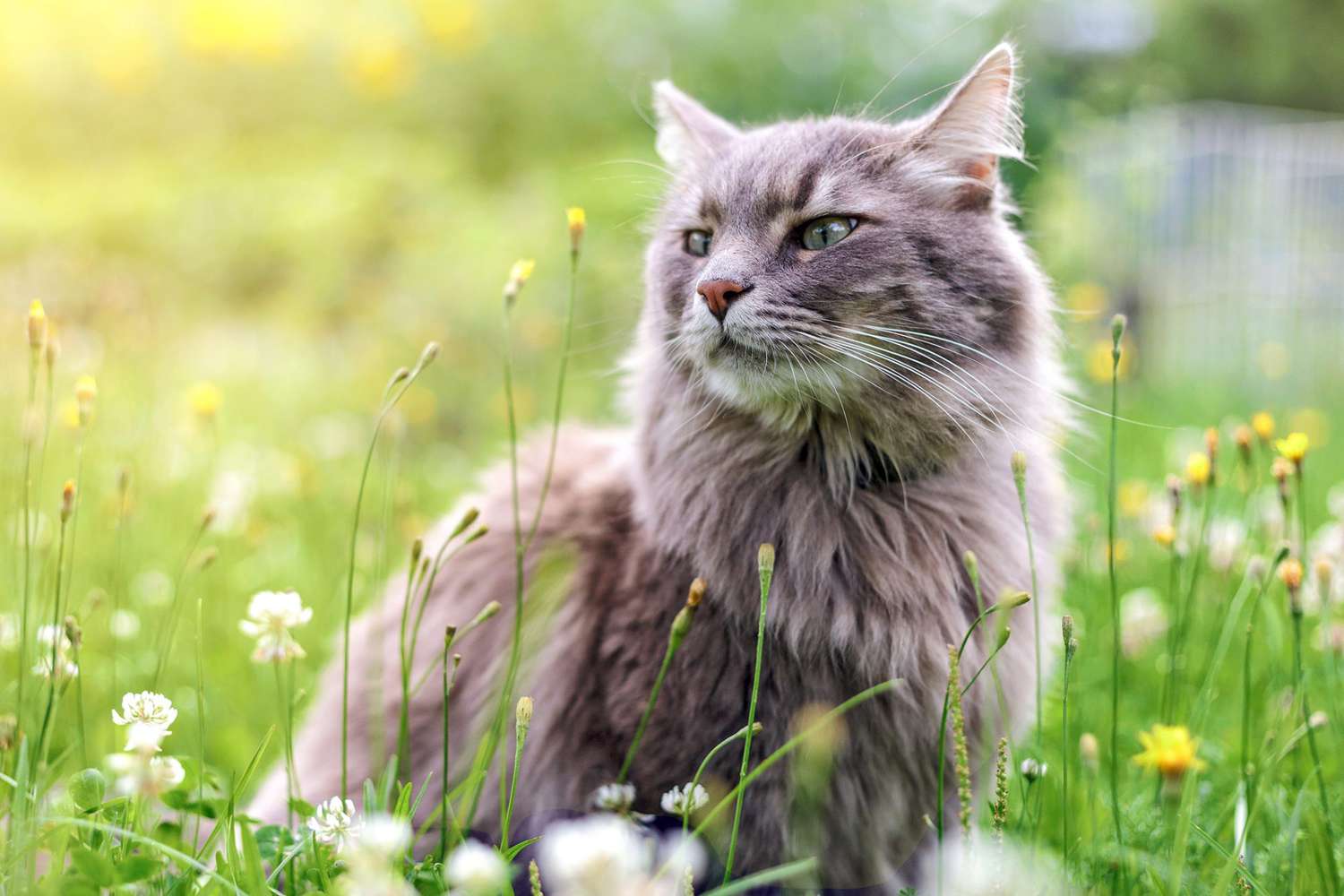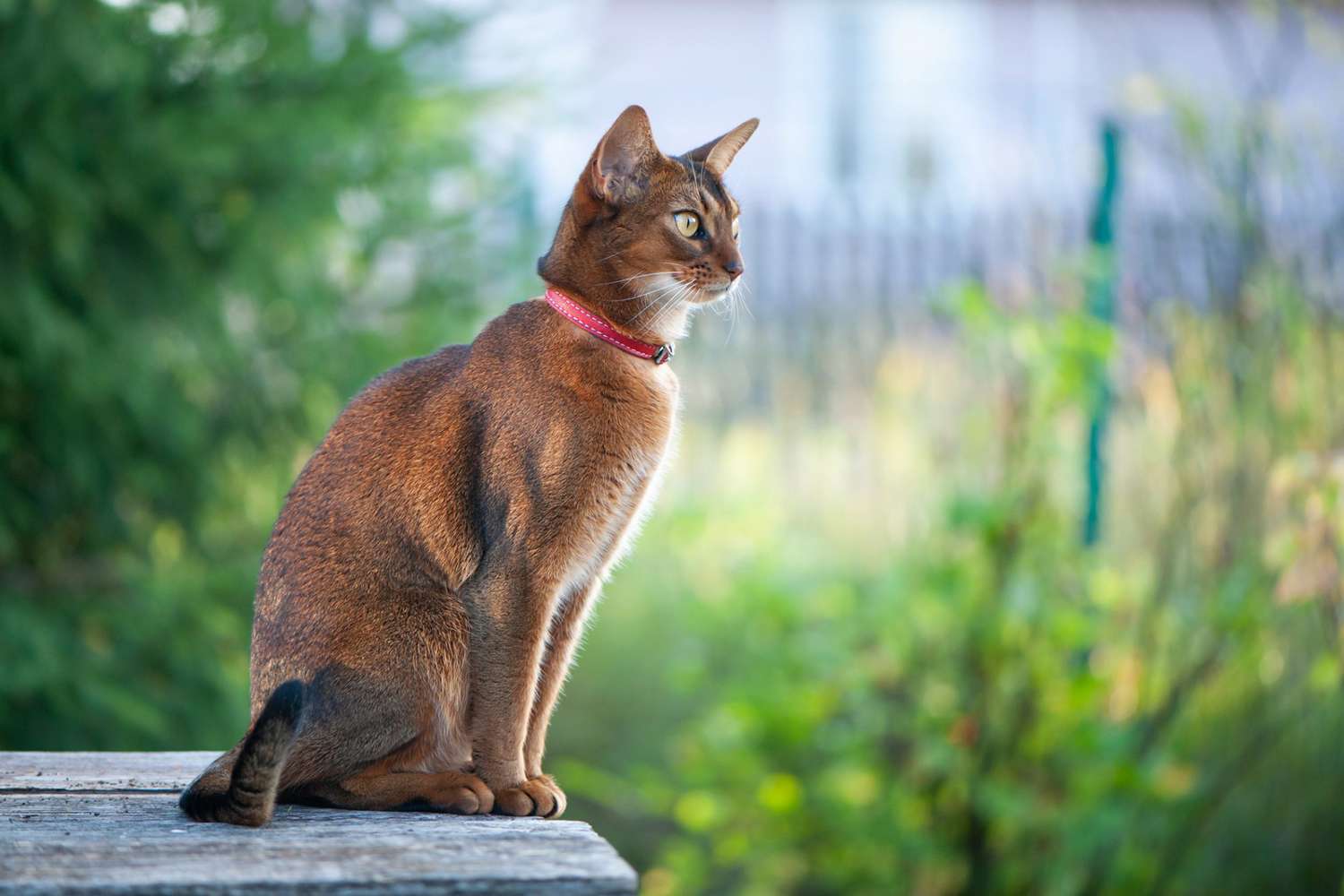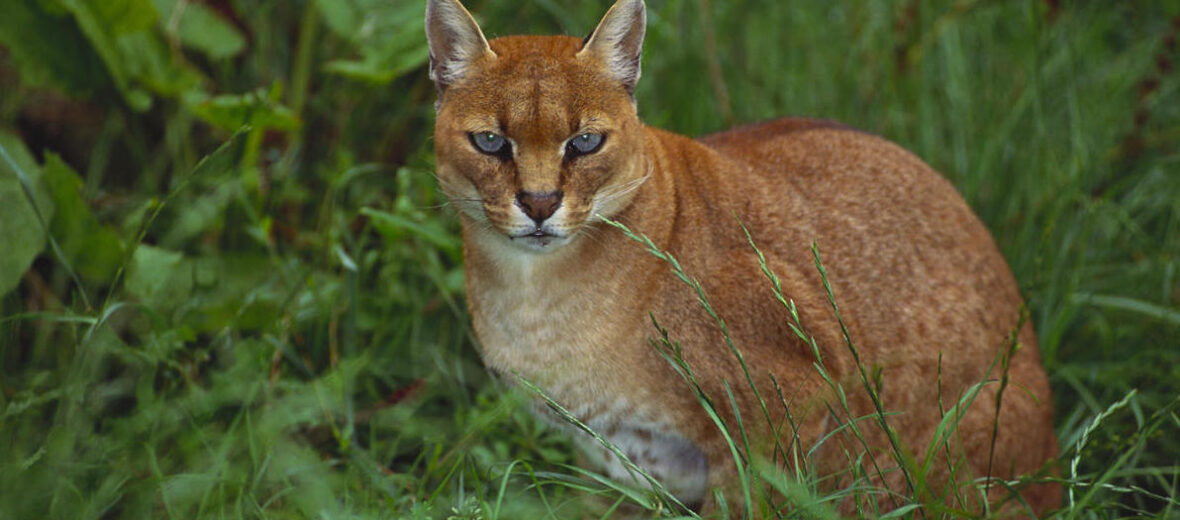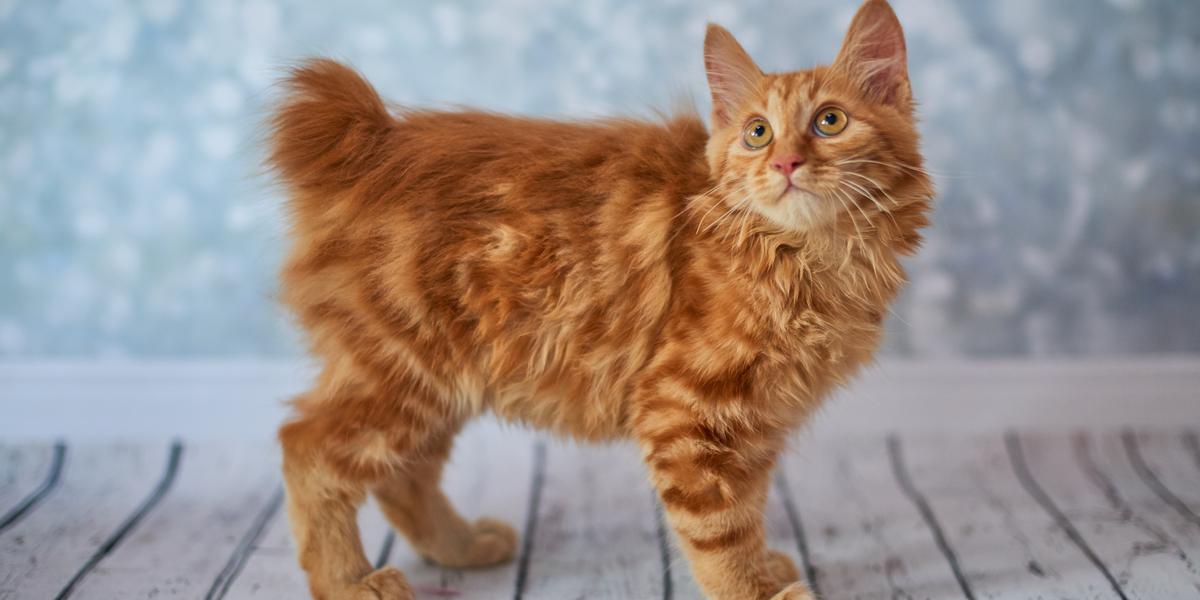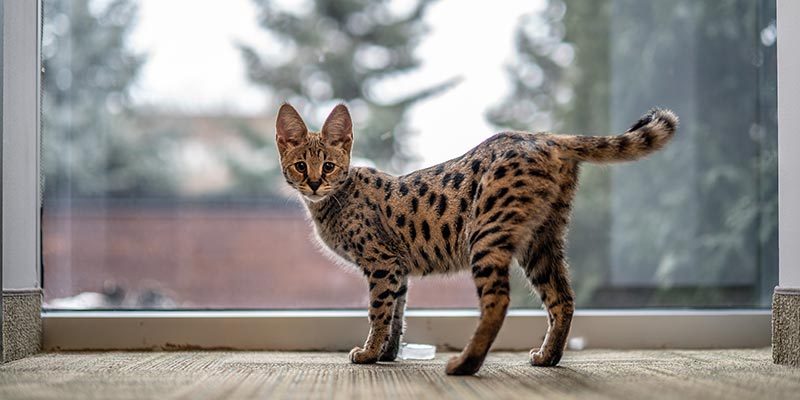Lynx cats are medium-sized wild cats that are found in the forests of North America, Europe, and Asia. They are known for their tufted ears, hairy soles, and a broad, short head. The coat of a lynx is tawny to cream in color and somewhat mottled with brown and black, and in winter, the fur is dense and soft, with hairs up to 10 cm long. Lynx cats are divided into four species: Canada, Eurasian, Iberian, and Bobcat.
Each species is distinctly adapted to their habitat, and all of them have unique physiological characteristics that make them well adapted to being stealthy hunters.
You are reading: 4 Types Of Lynx Cats
In this article, we will explore the characteristics of each type of lynx cat species and learn more about their habitats, diets, and threats to survival.

4 Types Of Lynx Cats
Canada Lynx (Lynx canadensis)
The Canada lynx (Lynx canadensis) is a medium-sized wild cat that is native to North America. It is found across Alaska, Canada, and northern areas of the contiguous United States.
The Canada lynx is characterized by its long, dense fur, triangular ears with black tufts at the tips, and broad, snowshoe-like paws. Its hindlimbs are longer than the forelimbs, so its back slopes downward to the front.
The Canada lynx stands 48–56 cm (19–22 in) tall at the shoulder and weighs between 5 and 17 kg (11 and 37 lb). The lynx is a solitary animal that is active mostly at night and feeds primarily on snowshoe hares.
The Canada lynx lives mainly in boreal forests or in mixed deciduous/boreal woodlands, but can live in farmlands if they are interspersed with wooded areas. The ears of the Canada lynx have long, erect tufts of dark hairs, and black backsides towards the tip. These tufts are just as sensitive as their whiskers, and the slightest breath of wind can be detected by the cat.
The Canada lynx is a species of concern in some areas, and its primary threat is the expanding human activities.
Eurasian Lynx (Lynx lynx)
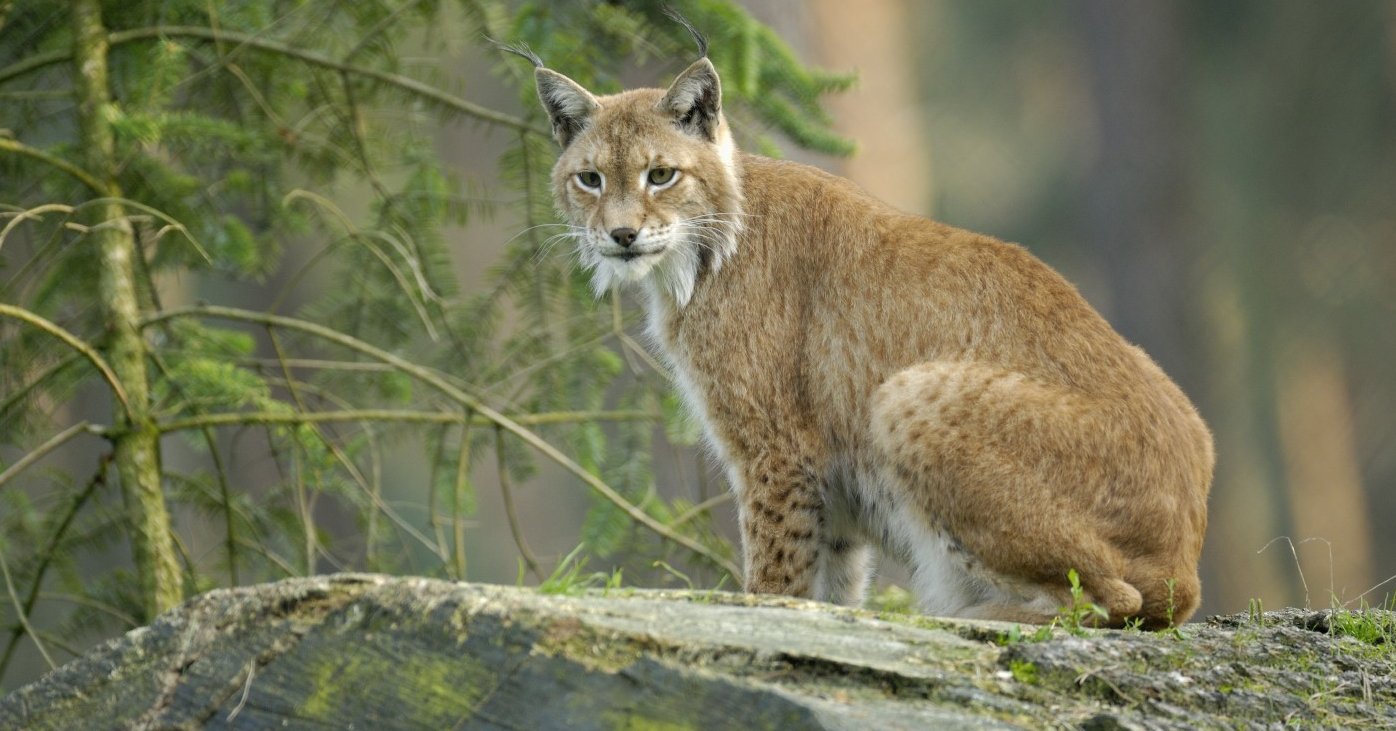
The Eurasian lynx (Lynx lynx) is a medium-sized wild cat that is widely distributed from Northern, Central, and Eastern Europe to Central Asia and Siberia, the Tibetan Plateau, and the Himalayas. It inhabits temperate and boreal forests up to an elevation of 5,500 m (18,000 ft).
Read more : 8 Beautiful Types Of Siberian Cats
The Eurasian lynx is the largest of the four lynx species. The coat of the Eurasian lynx is varied in grey, rusty, or yellow fur. The skull of the Eurasian lynx has characteristics that distinguish it from other lynx species.
The Eurasian lynx has black tufts at the tips of the ears and a prominently flared facial ruff. The paws of the Eurasian lynx are large and fur-covered, which helps them to navigate in deep snow.
The Eurasian lynx is found in deciduous and mixed forests in Europe and Russia, open wooded regions, and semi-deserts in Central Asia, and thick scrub and barren areas.
The Eurasian lynx is a solitary animal that is active mostly at night and feeds primarily on ungulates, such as deer, but also preys on smaller mammals, such as hares and rodents.
The Eurasian lynx is a keystone species, helping to maintain balanced, healthy populations of other animals. Despite its wide distribution, the Eurasian lynx is threatened by habitat loss and fragmentation, poaching, and depletion of prey.
Iberian Lynx (Lynx pardinus)
The Iberian lynx (Lynx pardinus) is a wild cat species that is endemic to the Iberian Peninsula in southwestern Europe. It is the rarest of the lynx species and is currently on the verge of extinction.
The Iberian lynx is listed as Endangered on the IUCN Red List. The coat of the Iberian lynx is tawny to bright yellowish-red, with black or brown spots and white underparts. Males are larger than females, both having prominent whiskers, a characteristic “beard” encircling their face, and distinctive black ear tufts.
The Iberian lynx is smaller than the similar Eurasian lynx, which also has a characteristically bobbed tail, a spotted coat, long legs, and a muscular body. The preferred habitats of the Iberian lynx are Mediterranean woodlands and Maquis shrublands, where there is a mix of open pasture and dense scrub.
The Iberian lynx is a solitary and nocturnal animal, with most activity around sunset, the time when prey is the most active. The daily patterns of activity are linked to the European rabbit, their primary prey.
During winter, these lynxes may become diurnal for a period of time. The Iberian lynx is threatened by overhunting, poaching, fragmentation of suitable habitats, and the population decline of its main prey species, the European rabbit, caused by myxomatosis and rabbit haemorrhagic disease.
However, conservation measures have seen its population inch above 400, and the species’ conservation status has improved on the IUCN Red List from critically endangered to endangered.
Bobcat (Lynx rufus)

Bobcat (Lynx rufus) – captive adult
Read more : Exotic Cat Breed Information, Pictures, Characteristics, Facts and Names
The bobcat (Lynx rufus) is a medium-sized wild cat that is native to North America. It is also known as the red lynx. The bobcat ranges from southern Canada through most of the contiguous United States to Oaxaca in Mexico.
It is listed as Least Concern on the IUCN Red List since 2002, due to its wide distribution and large population. The fur of the bobcat can be various shades of buff and brown, with dark brown or black stripes and spots on some parts of the body.
The tip of the tail and the backs of the ears are black. They have short ear tufts and ruffs of hair on the side of the head, giving the appearance of sideburns. The mating system of bobcats is similar to that of domestic cats.
Males and females only associate for the brief time required for courtship and copulation, and both males and females may have multiple partners.
Bobcats are territorial, using urine, feces, and anal gland secretions to delimitate home ranges that are one to several square kilometers in size. The bobcat is primarily nocturnal and does most of its hunting at night.
The bobcat is a carnivore and eats a wide variety of small mammals like woodchucks, rabbits, skunks, raccoons, moles, and squirrels. It also eats birds and reptiles. One of the most common prey of the bobcat is the cotton-tail rabbit.
The bobcat mates between February and March, and the female gives birth to a litter of between one and seven kittens in late April or early May. The kittens are born with their eyes closed, and after ten days, their eyes will open. The kittens are weaned after about 10 weeks and stay with their mother for about a year.
FAQS
1. What are the four types of lynx cats?
The four types of lynx cats are the Canada lynx, Eurasian lynx, Iberian lynx, and Bobcat.
2. What are the physical characteristics of lynx cats?
Lynx cats have short tails, pointed, tufted ears, and wide, round feet that are covered in fine fur. They have long legs, which allow them to quickly close the distance between prey. The thickness of a lynx’s fur, as well as its size, colors, and lifespan, can tell us a lot about the animal’s habitat.
3. What do lynx cats eat?
Lynx cats are carnivores and eat a variety of small mammals, such as rabbits, hares, rodents, and birds. The Canada lynx primarily feeds on snowshoe hares, while the Iberian lynx feeds on European rabbits. The Eurasian lynx hunts deer and other small animals, while the bobcat has a more varied diet.
4. Where do lynx cats live?
Lynx cats are found in various habitats, including boreal forests, mixed deciduous/boreal woodlands, open wooded regions, semi-deserts, and thick scrub and barren areas. The preferred habitats of each species vary.
5. Are lynx cats endangered?
The Iberian lynx is the most endangered feline, with fewer than 300 individuals remaining in the mountainous scrubland of southern Spain. The Canada lynx is considered a threatened species in the United States. However, the Eurasian lynx and bobcat are listed as species of least concern by the IUCN due to their wide distribution and large population.
Source: https://petstutorial.com
Category: Cats

